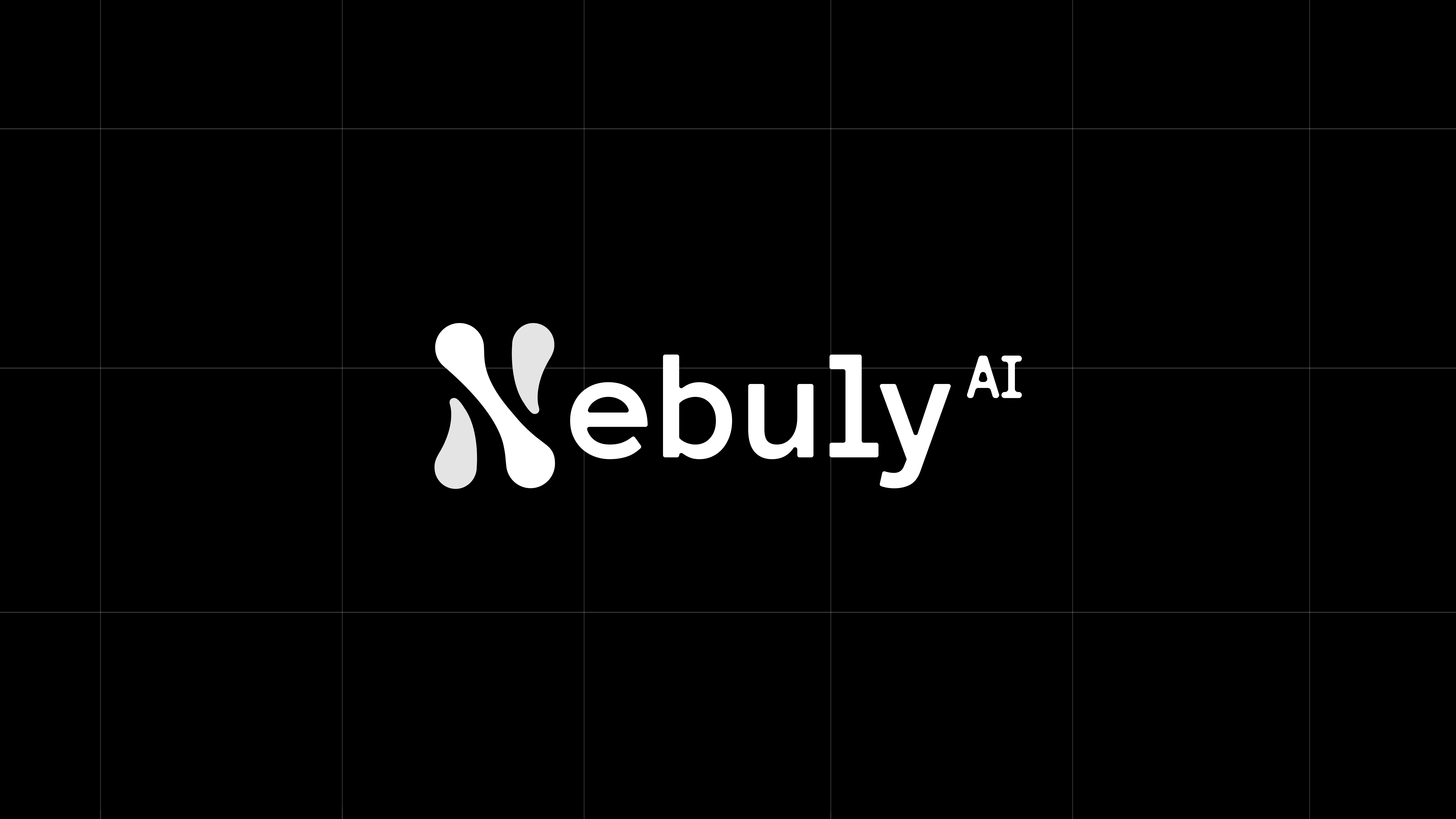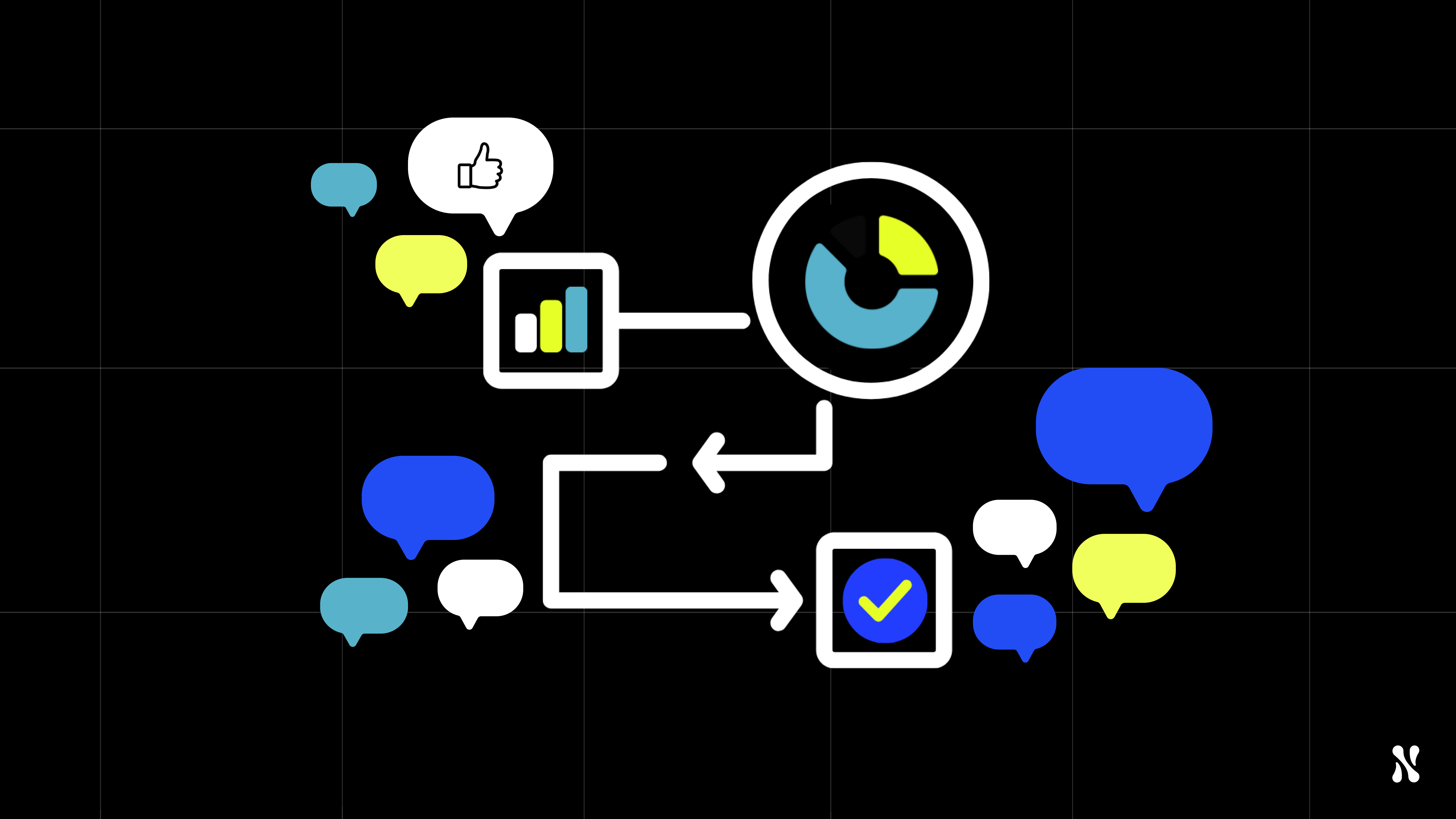Generative AI (GenAI) systems promise to improve productivity and unlock new opportunities but hidden adoption risks lurk beneath the surface.
Many executives focus on system performance metrics such as latency, uptime and error rates and assume healthy usage. In reality, silent churn means a gradual drop off in real usage that does not trigger alarms.
This slow decline can undermine return on investment long before anyone notices.
This article explains why focusing on behavioral data is crucial, presents hard numbers on AI project failure rates, and outlines steps for catching churn early.
If you want to go deeper into this topic you can explore Nebuly’s user analytics for LLMs to understand the full framework for conversational analytics.
Why technical dashboards don’t tell the whole story
System metrics show whether the engine is running but they do not reveal whether people find the assistant valuable. A GenAI assistant may respond quickly and accurately yet user engagement can erode if the experience does not match real world workflows.
When teams only track technical health they often discover adoption problems after usage has already collapsed. The result is wasted time, lost revenue and frustration.
Behavioral signals matter
User‑centered metrics reveal whether the product delivers value. They answer questions such as:
- Are people returning? Active users may start high and then decline week over week. Tracking returning versus one time users shows whether your assistant becomes a habit or a novelty.
- Which segments engage most? Patterns vary by region, department or job role. Without segmentation a high level average can hide a drop off in a critical team.
- How long are sessions? Shorter conversations and declining session lengths signal waning interest even if daily active users stay constant.
Signals of silent churn
Silent churn often appears as subtle shifts rather than dramatic drops. Watch for:
- Declining active users. Seats may still be assigned but fewer people use the assistant week after week.
- Reduced engagement across regions. Certain geographies or departments may stop returning after initial excitement.
- Shortening interactions and lower return rates. Diminishing session lengths and fewer return visits are early warnings of disengagement.
AI project failure is common
Slow adoption and project failures are not rare. Surveys published in 2025 show that many enterprises are struggling to move AI from pilot to production:
- S&P Global Market Intelligence found that 42 % of companies scrapped most of their AI initiatives, up from 17 % in 2024. On average, organizations terminated 46% of AI proof of concepts before production.
- An Informatica survey of 600 data leaders reported that two‑thirds of enterprises are stuck in generative AI pilot phases and can not transition to production. Nearly 97 % struggle to demonstrate business value.
These statistics illustrate the real world consequences of silent churn. Technical success does not guarantee adoption; without clear value and behavioral engagement promising projects get cancelled.
How to catch churn early
Detecting silent churn requires combining system metrics with behavior based dashboards. Enterprise teams should:
- Track active versus returning users by cohort. Measure weekly and monthly return rates to see if newcomers stick around. Sudden drops in returning users hint at friction.
- Map drop off patterns in conversation flows. Identify where people abandon sessions. Are they getting stuck at the same question or leaving when the assistant asks for more context? Tools such as Nebuly’s user intelligence can help you visualize conversation flows and topics.
- Segment by role region or use case. Averages mask extremes. For example sales teams may be thriving while support teams disengage. Segmenting helps you pinpoint who needs help.
- Implement alerting for sharp declines. Do not wait for monthly reports. Set thresholds for user declines or session length drops and get notified immediately.
- Collect qualitative feedback early. Combine quantitative metrics with surveys or interviews to understand why people churn. Sometimes the solution is simple such as better training or documentation. Nebuly’s real time prompt suggestions can also enhance user guidance.
Where Nebuly fits in
Nebuly is designed to surface the behavioral signals that traditional monitoring misses. While most analytics focus on response time and error rate Nebuly tracks conversation completion rates, intent achievement and rephrasing patterns.
By analyzing return rates and user journeys Nebuly can flag silent churn before it becomes a crisis, allowing teams to iterate on prompts, improve training or target specific roles.
In essence it adds a human centered analytics layer to your GenAI stack. To dive deeper, read this article on why user analytics is the missing layer in your GenAI stack.
Action plan for enterprise leaders
Silent churn erodes value long before dashboards flash red. To safeguard your AI investment:
- Instrument behavior metrics from day one. Do not wait for adoption issues to surface. Nebuly’s reports and sharing make it easy to share insights across the company.
- Segment your user base. Track usage by role region and use case to uncover hidden gaps. Use user A/B tests to experiment with improvements.
- Set up proactive alerts. Automate notifications when engagement drops sharply.
- Champion a feedback loop. Encourage users to report friction and use that information to refine the assistant.
- Celebrate small wins and iterate. Recognize that GenAI adoption is a journey. Continuous improvement beats any one off release.
By watching how people actually use your generative assistant you can identify disengagement early learn from it and prevent projects from becoming part of the alarming failure statistics. Enterprise AI is not just about clever models; it is about creating experiences employees love and rely on. For guidance on data protection you can review Nebuly’s security measures.
Want to see these insights in action? Book a demo to experience how Nebuly’s user analytics reveals drop offs, frustration and satisfaction in your AI conversations.






